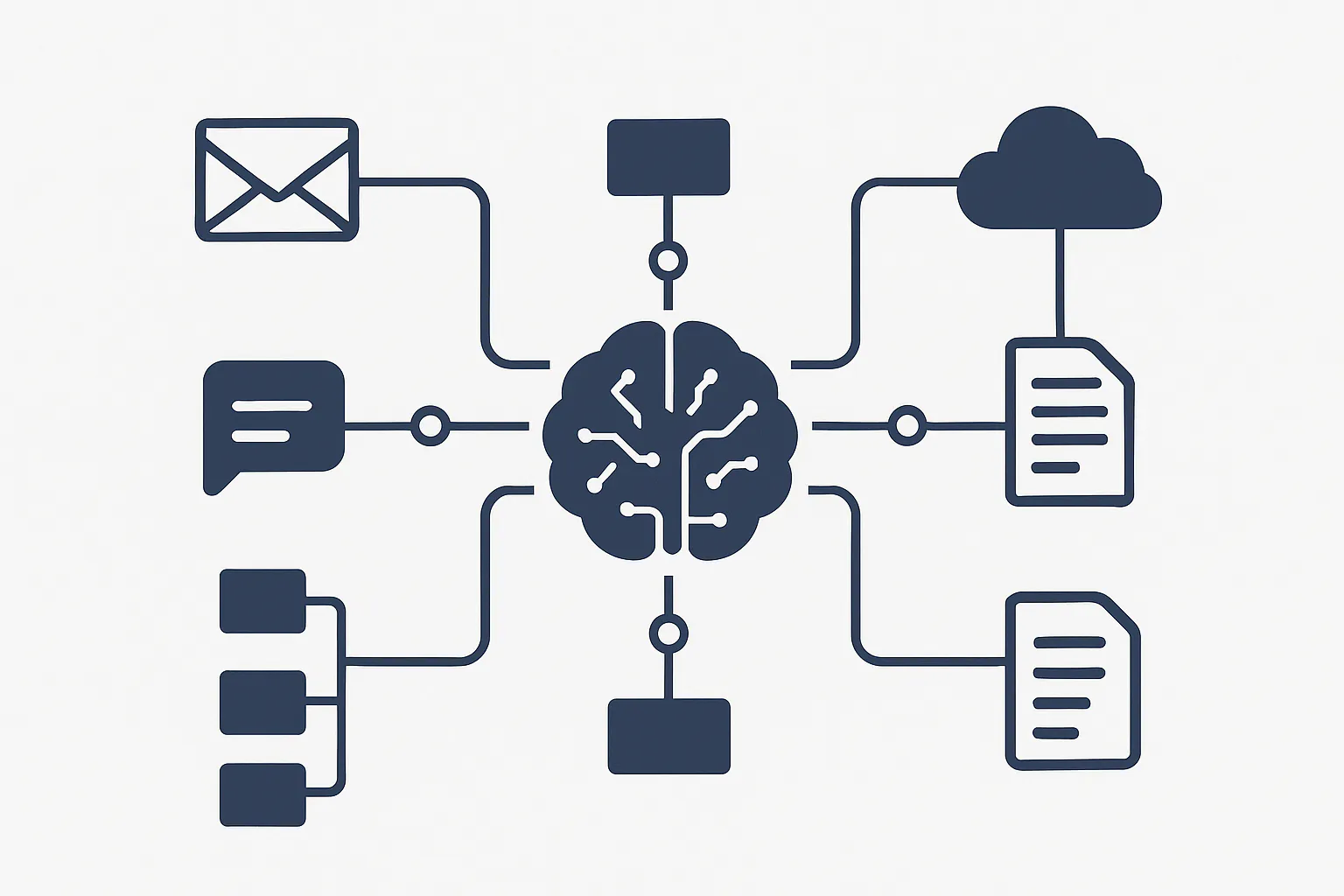Custom Web Application Development That Fits Your Business
Key Takeaways
- Start small for speed and clarity. Define one painful workflow, ship an MVP, then add features based on real use.
- Build for change. Modular design, clean APIs, and sound data models make scaling and integrations straightforward.
- Security from day one. Role-based access, SSO, audit logging, backups, and routine updates keep data protected.

You do not run your company on generic ideas, so your software should not be generic either. Custom web application development builds the right tools for your workflows, your data, and your growth plan. The result is a secure, scalable web app that feels natural to use because it was designed around how your team actually works.
See what your business qualifies for!
When Custom Web Applications Make Sense
There are moments when a template or off-the-shelf product is fine. There are also times when it becomes a ceiling. Choose a custom build when you need tight integration with existing systems, role-specific user experiences, or control over performance and security. A purpose-built web app can remove manual steps, reduce duplicate data entry, and bring your most important processes into one place.
Quick signals you may be ready:
- You patch together spreadsheets, forms, and email to finish key tasks.
- Your current tool cannot support required permissions or audit needs.
- Teams re-enter the same data into multiple systems.
- You need a browser-based app that works on mobile and desktop with the same source of truth.
- You want to start with an MVP, then expand in planned increments.
How can YTG Improve your business?
How We Approach Custom Web Application Development
Strong projects start with clear intent and steady delivery. The typical flow looks like this:
Discovery Workshop. We meet with stakeholders to map current workflows, pain points, and desired outcomes. This becomes a short requirements backlog and a shared definition of success.
Solution Architecture. We outline the web app’s core modules, data model, and integration points. This is where we select the cloud resources, security controls, and performance targets that match your needs.
Design and UX/UI. Wireframes turn into clickable prototypes, then into accessible, responsive interfaces. We validate early with real users to keep the app intuitive.
Agile Delivery. Work proceeds in iterations. Each sprint produces testable features. You see progress, give feedback, and keep scope tied to goals.
Quality and Security. Automated tests, code reviews, and secure coding practices go into every build. We plan for role-based access control, single sign-on, and audit logging from the start.
Release and Support. We set up monitoring, error tracking, and a simple release plan. After launch, we maintain the app and help you plan the next wave of improvements.
Build For Today, Plan For Tomorrow
A good web app is not a monolith. It is a set of small, well-named parts that you can change without breaking everything else. We favor modular design, clean APIs, and data models that reflect real business objects. This makes it easier to add features, connect new systems, or support more users without a full rebuild.
Capacity matters. We size the database, caches, and background jobs to meet expected load, then add room to grow. Monitoring tells us when to adjust. The goal is predictable performance during normal hours and calm behavior during spikes.
Security And Compliance From Day One
Security cannot be an afterthought. Custom web application development gives you control over who sees what and how data moves. Common measures include role-based access, field-level encryption for sensitive values, and secure secrets management. We apply the principle of least privilege for services and users, and we log key events for review.
If you work in a regulated space, we plan with that in mind. Secure data storage, reliable backups, and tested recovery steps reduce risk. Routine updates and dependency checks keep the stack current.
Integrations That Cut Busywork
Most useful web apps sit at the center of other systems. Integration is where the time savings often appear. Examples include sending invoices to your accounting system, syncing contacts with a CRM, or pulling orders from an ecommerce platform. Clean APIs, webhooks, and message queues move data without manual steps and keep everything in sync.
Modernization And Cloud Migration, When Needed
Sometimes the best path forward is to upgrade what you already have. We assess legacy applications to decide what to keep, what to refresh, and what to replace. Rehosting to cloud infrastructure can yield quick wins. Refactoring parts of the code unlocks performance gains and maintainability. Replatforming to managed services reduces operational overhead. Each choice trades speed, cost, and control in different ways, so we lay out options and proceed in small, reversible steps.
Practical Tech Choices
Technology should serve the business case. We focus on reliable, widely supported frameworks for web app development and cloud platforms that offer security, observability, and room to scale. Continuous integration and continuous delivery keep releases small and safe. Automated tests protect core flows. Feature flags allow you to pilot changes with a subset of users before a full rollout.
Cost And ROI Factors
Custom work does not have to mean open-ended budgets. The strongest lever is scope. Define a narrow first release, then inspect actual results before adding features. Reuse design components where it makes sense. Use managed services for non-differentiating tasks like email, file storage, or background jobs. Track value in saved time, reduced errors, faster cycle times, and customer satisfaction, not only in license cost comparisons.
What A First Release Can Include
A minimum viable product should solve a real problem on day one. A typical v1 might include:
- Secure sign-in with SSO, basic roles, and an admin area.
- A clean dashboard that surfaces tasks and alerts.
- The first core workflow, end to end, with validation and audit trails.
- Essential reports or exports for finance or operations.
- A simple integration with one key system to remove a manual step.
From there, we add the next most valuable flow, improve performance at known bottlenecks, and expand permissions as more teams adopt the app.
How Custom Web Apps Support Better Decisions
The benefit of a well designed web app is not just fewer clicks. It is cleaner data. With consistent validation and a shared source of truth, you can trust what your reports say. Add event tracking and you can see which features users rely on and where friction appears. That feedback guides your backlog and ensures you invest in the parts of the app that matter most.
Clear Next Steps
If you are weighing custom web application development, start small. Define one painful workflow and the key users. Set a practical budget for an MVP. Expect working software in short cycles, clear communication, and a release plan you understand. When you are ready to explore options, Yocum Technology Group can help you scope a first release and a roadmap that grows with your business.




